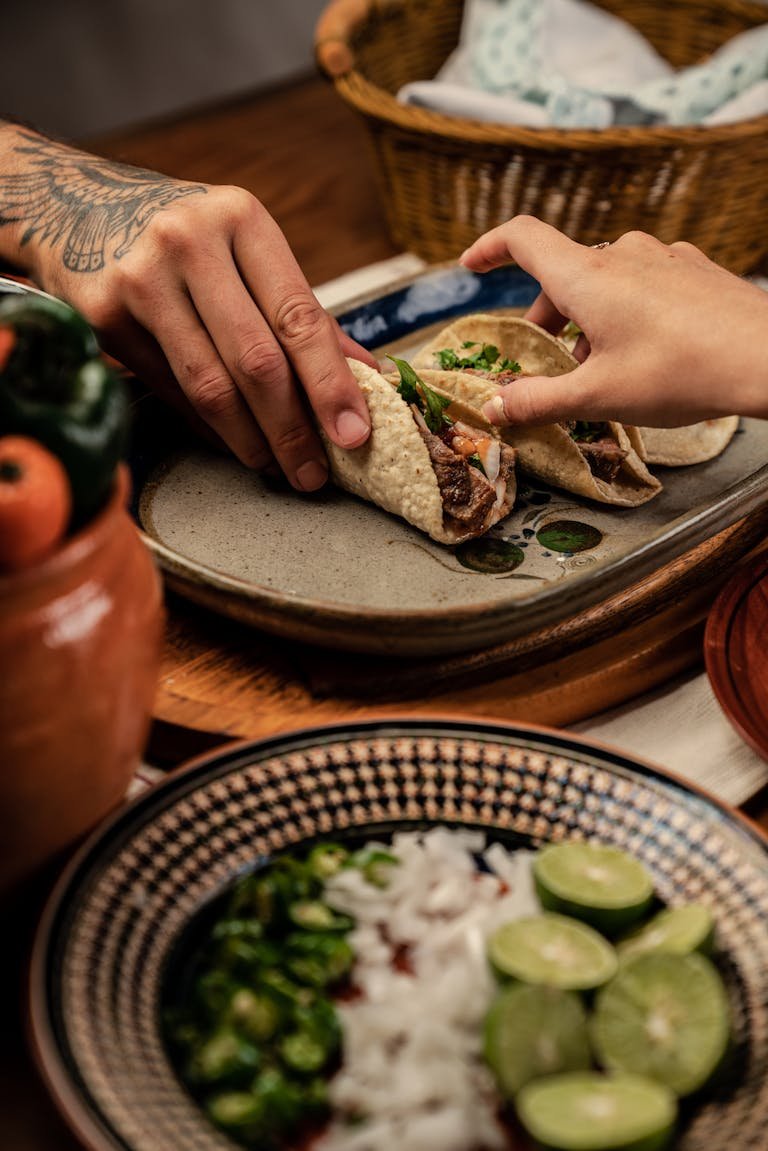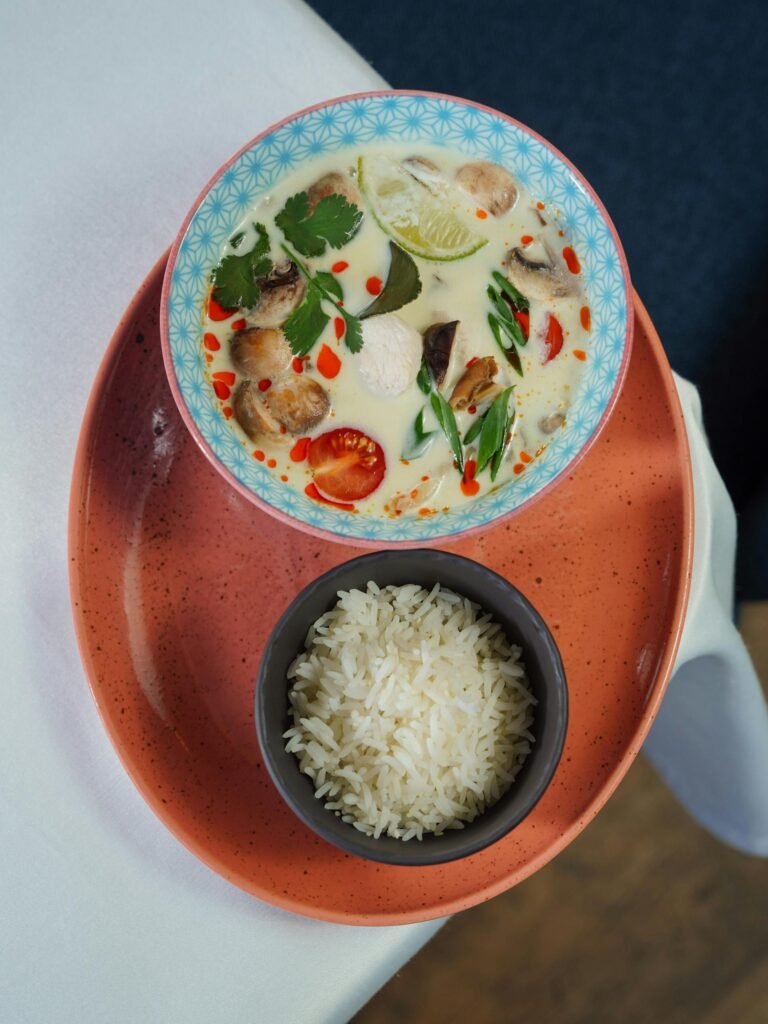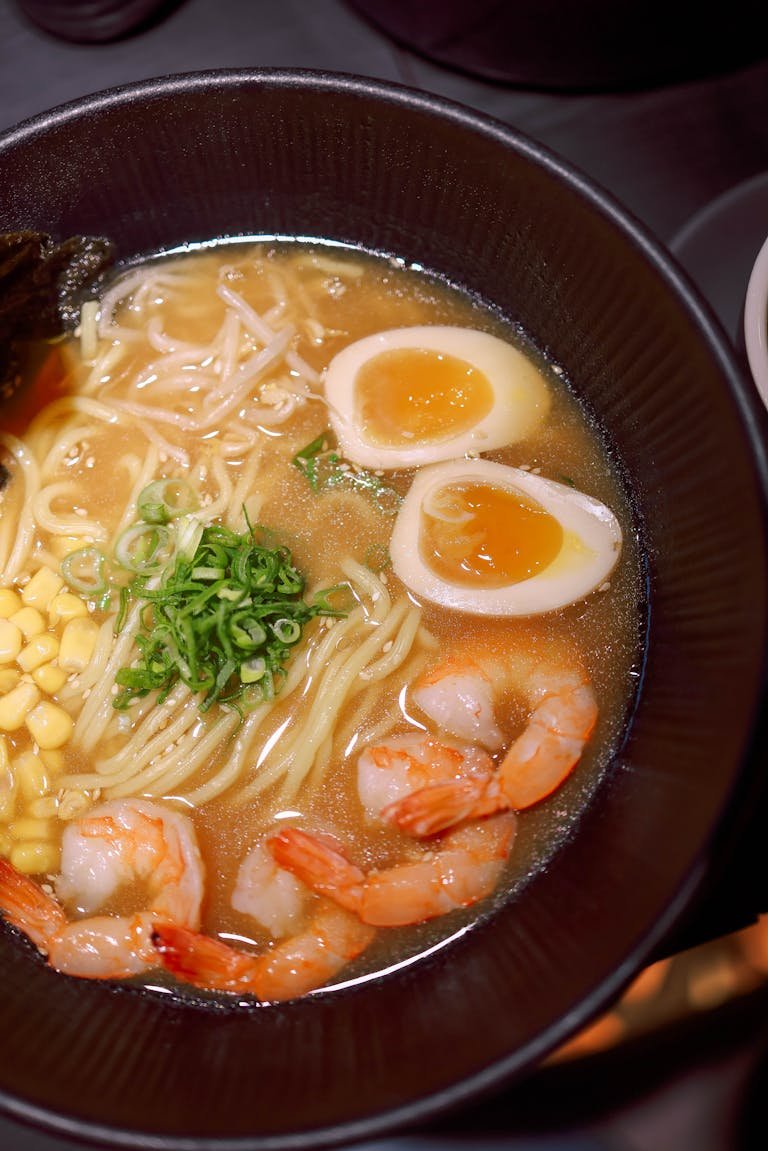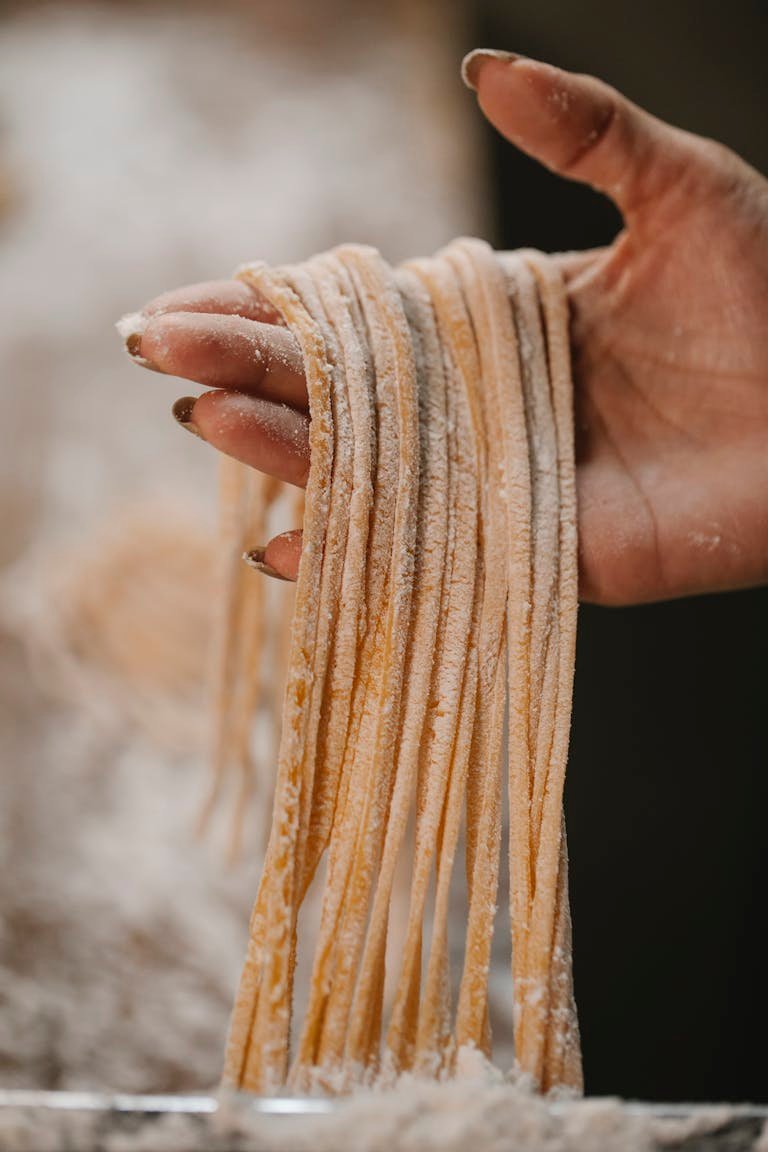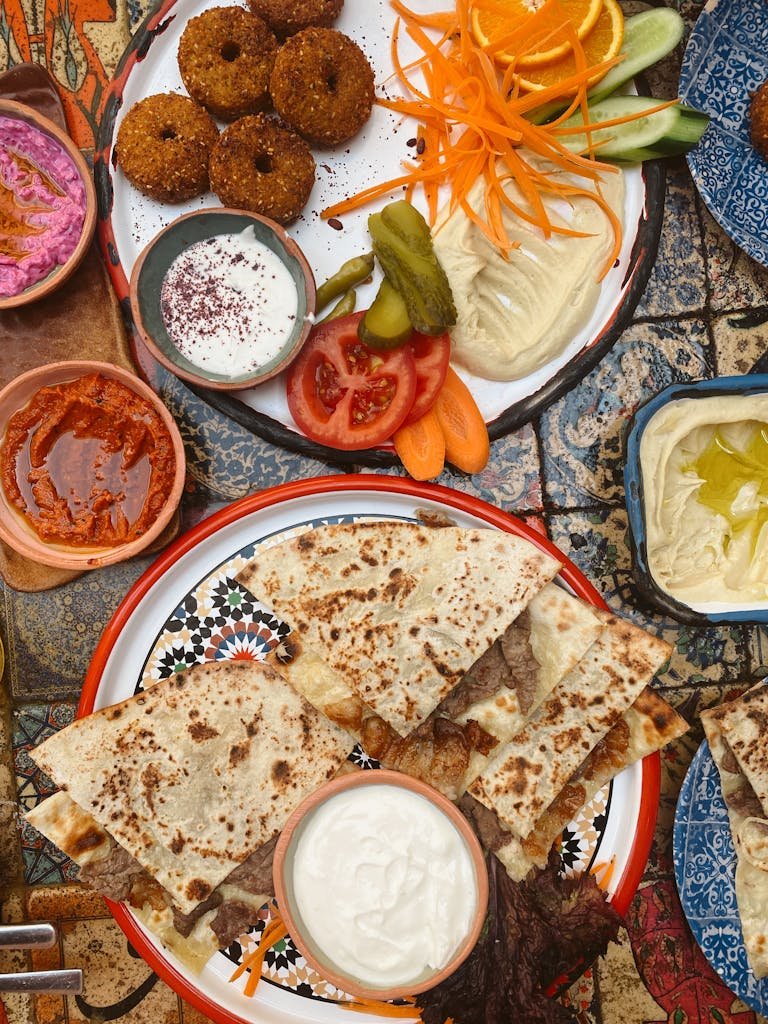The Best Guide For Middle Eastern Flavours For Beginners
Explore genuine Middle Eastern flavours with our beginner’s guide. Discover key spices, cooking methods, and simple recipes for your culinary adventure.

I still remember the first time I stepped into a Middle Eastern spice market – the colourful stacks of cumin and coriander, the intoxicating scent of za’atar, and the welcoming vendor who changed my cooking forever. After years of diving into these amazing flavours, I’m thrilled to share everything I wish I had known when I first started. Whether you’re eager to broaden your culinary skills or just want to whip up some authentic hummus, this guide will help you explore the delightful world of Middle Eastern cuisine.
Middle Eastern Flavours: Spices and Ingredients
Let me recount my first attempt at making za’atar-spiced flatbread – it was a complete failure! I had purchased a pre-made spice blend that had been gathering dust on the supermarket shelf for who knows how long, and the outcome was as bland as cardboard. Since that experience, I’ve discovered that using fresh, high-quality ingredients truly makes a difference.
Must-Have Spices
Before we get started, I must share my top tip for storing spices. A glass spice set is fantastic for keeping everything fresh and neatly organised.
Here are the key spices you’ll need:
- Za’atar: A mix of thyme, sumac, and sesame seeds
- Baharat: A warming mix of black pepper, cumin, coriander, and other spices
- Sumac: A tart, burgundy-coloured powder that adds a lemony kick
- Aleppo pepper: Milder than standard chilli flakes with a fruity flavor
Pro tip: I store my spices in airtight containers, away from direct sunlight.
Fresh Herbs and Produce
You’ll want to get to know your local greengrocer for these must-haves:
- Parsley (flat-leaf, not curly!)
- Fresh mint
- Coriander/cilantro
- Garlic (loads of it)
- Lemons
Pantry Staples
Here’s a look at my favorite brands for pantry staples:
| Product | Brand | Best For |
|---|---|---|
| Tahini | Al Arz | Overall best quality |
| Pomegranate Molasses | Cortas | Traditional recipes |
| Rose Water | Nielsen-Massey | Desserts |
| Olive Oil | Terra Delyssa | Everyday cooking |
Must-Have Kitchen Tools for Middle Eastern Cooking
When I began my journey into Middle Eastern cooking, I thought I needed every kitchen gadget imaginable. After dealing with cluttered drawers and a few unnecessary purchases, I’ve managed to identify the true essentials.
Essential Equipment
Here’s what you really need:
- A good mortar and pestle. I highly recommend the Cole & Mason Granite Mortar and Pestle. It’s heavy enough to grind spices effectively but not so large that it’s difficult to handle.
- A reliable food processor. The Cuisinart 14-Cup Food Processor has been my go-to for countless batches of hummus and falafel. While it’s a bit of an investment, believe me – attempting to make hummus in a blender is a recipe for frustration (and a mess of chickpea bits all over your kitchen).
- Fine-mesh strainer. This is essential for rinsing rice and straining stocks. The OXO Good Grips is fantastic and has held up beautifully without rusting over the years.
- Heavy-bottom saucepan. I learned the hard way that thin pans and rice don’t mix – you’ll end up with a burnt bottom and undercooked top. The Le Creuset Enameled Cast Iron is worth every cent.
5 Easy Middle Eastern Recipes to Master First
Now, let’s dive into some cooking! Here are the recipes I absolutely adore, and they’re all foolproof.
1. Classic Hummus from Scratch
This recipe took me years to perfect, and I promise it’s worth every minute. The secret? Using ice-cold water while blending creates the smoothest hummus you’ve ever tasted!
Ingredients:
- 250g dried chickpeas
- 1 tsp bicarbonate of soda
- 120ml good quality tahini (Al Arz Tahini)
- 2 cloves garlic, peeled
- Juice of 1 lemon
- 1 tsp sea salt
- Ice-cold water
- Extra virgin olive oil for serving
Method:
- Soak the chickpeas overnight with bicarbonate of soda.
- Rinse and cook in fresh water until they are soft (about 45 minutes).
- Reserve some cooking water, then drain.
- While still warm, blend the chickpeas with garlic and salt.
- Add tahini and lemon juice.
- Gradually add ice-cold water while blending until silky smooth.
- Serve with a generous drizzle of olive oil on top.
2. Traditional Tabbouleh
My first attempt at tabbouleh was more like a bulgur wheat salad with a bit of parsley. Trust me, authentic tabbouleh is all about the herbs! You’ll need a sharp knife and some patience for this one.
Ingredients:
- 50g fine bulgur wheat
- 4 large bunches flat-leaf parsley
- 1 bunch fresh mint
- 4 spring onions
- 4 ripe tomatoes
- Juice of 2 lemons
- 60ml extra virgin olive oil
- Salt and pepper to taste
Method:
- Rinse the bulgur, then soak it in cold water for 30 minutes.
- Finely chop the parsley and mint (this takes time, but don’t use a food processor!).
- Dice the tomatoes and spring onions.
- Drain the bulgur and squeeze out any excess water.
- Mix everything together with lemon juice and olive oil.
- Season generously.
- Let it sit for 30 minutes before serving.
3. Simple Shakshuka
This is my go-to weekend brunch dish that never fails to impress. I use my trusty Lodge Cast Iron Skillet for this – it’s perfect for going from hob to table.
Ingredients:
- 6 fresh eggs (room temperature)
- 4 ripe tomatoes, chopped
- 2 red peppers, sliced
- 1 onion, finely diced
- 3 cloves garlic, crushed
- 2 tsp cumin
- 1 tsp paprika
- 1/2 tsp chilli flakes
- Salt and pepper
- Fresh parsley for garnish
Method:
- Sauté onions and peppers in olive oil for about 10 minutes.
- Stir in garlic and spices, cooking until fragrant.
- Add tomatoes and let the sauce simmer until it thickens.
- Create wells in the sauce and crack the eggs into them.
- Cover and cook until the eggs are set but the yolks remain runny.
- Garnish with parsley and serve alongside bread.
4. Quick Flatbread (No-Yeast)
I found this recipe to be a real lifesaver! It’s perfect for those last-minute dinner gatherings or when you’re out of bread. The Nordic Ware Baking Sheet is fantastic for making these.
Ingredients:
- 300g plain flour
- 1 tsp baking powder
- 1 tsp salt 50ml olive oil
- 150ml warm water
- Za’atar and extra oil for topping
Method:
- Combine the dry ingredients.
- Add the oil and water, then knead until the dough is smooth.
- Let it rest for 15 minutes.
- Divide the dough into 6 pieces.
- Roll each piece out thinly.
- Brush with oil and sprinkle with za’atar.
- Cook in a hot pan for 2 minutes on each side.
5. Classic Falafel
This is the recipe that took me the longest to perfect. The key? Always use dried chickpeas!
Ingredients:
- 250g dried chickpeas, soaked overnight (do not cook)
- 1 onion, roughly chopped
- 4 cloves garlic
- Large bunch fresh parsley
- Small bunch fresh coriander
- 2 tsp cumin
- 2 tsp coriander
- 1 tsp baking soda
- Salt and pepper
- Vegetable oil for frying
- OXO Spider Skimmer for frying
Method:
- Drain the soaked chickpeas (remember, don’t cook them!).
- Blend all ingredients except for the baking soda until finely chopped.
- Add the baking soda and pulse briefly.
- Chill the mixture for at least 1 hour.
- Shape into small balls or patties.
- Deep fry at 180°C until golden brown.
- Drain on kitchen paper.
Pro Tips for All Recipes:
- Always opt for dried chickpeas when making hummus and falafel.
- Fresh herbs are essential.
- Don’t hold back on the olive oil.
- Allow flavors to develop; these dishes often taste better after resting for a bit.
- Invest in high-quality spices; it truly makes a difference.
Here are some common mistakes to steer clear of:
- Using canned chickpeas for falafel (they’ll crumble)
- Not chopping herbs finely enough for tabbouleh
- Overcooking the eggs in shakshuka
- Rolling flatbread too thick
- Not blending hummus until it’s completely smooth
Keep in mind that these recipes are just starting points – once you feel confident, don’t hesitate to tweak the seasonings to suit your palette.
Each of these recipes can be made and stored in these fantastic Glass Storage Containers – they’re ideal for meal prep and keeping everything fresh.
Understanding Key Cooking Techniques.
Let’s break them down!
Proper Spice Blooming
This technique transformed my cooking entirely. I remember my first curry attempt where the spices tasted raw and bitter. Let’s help you avoid that.
The process is straightforward:
- Heat your pan
- Add a splash of oil
- Start with your whole spices
- Wait for that wonderful moment when they become aromatic
- Then add ground spices for just 30 seconds
Working with Phyllo Dough
The secret is to keep it covered with a slightly damp tea towel while you work. I also suggest:
- Letting it come to room temperature naturally
- Working quickly but with care
- Using a good pastry brush for butter (the OXO Silicone Brush is excellent)
Building Your Middle Eastern Pantry
Let’s discuss how to set up your pantry without overspending. I made the mistake of buying everything at once when I started – don’t do that!
Starting Essentials
Begin with these basics:
- Quality olive oil
- Tahini
- Za’atar blend
- Bulgur wheat
- Dried chickpeas
I recommend the Progressive Storage Container Set for keeping everything organised.
Wrapping Up Your Middle Eastern Kitchen Adventure
Well, we’ve been on quite a journey together! From spice mishaps to phyllo successes, I hope this guide helps you dodge some of the mistakes I made when I was starting out. Remember, every great cook began somewhere – probably making awful hummus, just like I did!
Don’t hesitate to try new things, but remember to honor the traditional methods. They’ve been refined over many years for a reason. And please, avoid storing your spices above the stove.
Keep experimenting, keep tasting, and most importantly, savor the journey. Middle Eastern cooking is all about sharing and celebration, so invite your friends and family to join in. There’s nothing quite like the joy of serving your first well-made falafel or seeing someone’s expression light up when they experience authentic hummus for the first time.
Have any questions? Feel free to drop them in the comments below – I’d love to hear about your experiences with Middle Eastern cooking!

